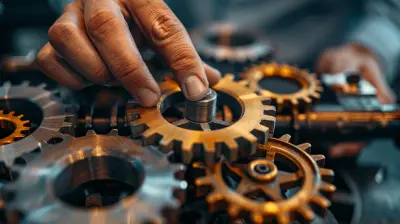The Influence of Circular Economy Concepts on Modern Business Models
2 October 2025
Have you ever wondered what happens to the stuff you get rid of—like that old phone collecting dust in your drawer or the worn-out sneakers you tossed last month? For years, our economy thrived on a "take, make, dispose" system, which gobbled up resources and spat out waste at an alarming rate. But the world is waking up, and businesses, big and small, are starting to realize something important: we can't keep running in a straight line forever. Enter the circular economy—a game-changing concept that's flipping traditional business models on their heads.
Let's dive in and talk about how this idea is reshaping the way businesses tick, think, and operate. Spoiler alert: it's not just good for the planet—it’s making companies money, too. 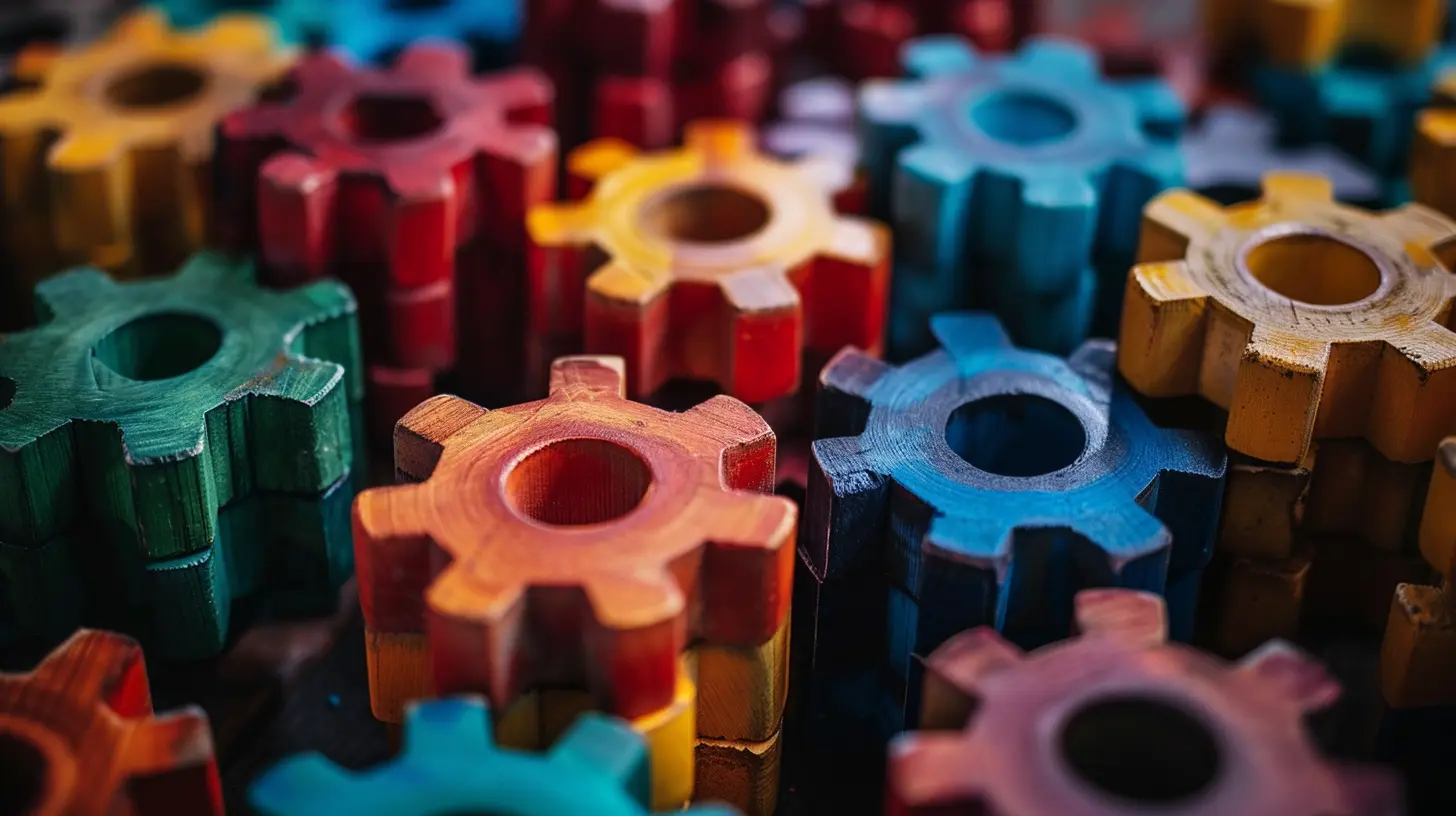
What Is the Circular Economy, Anyway?
Before we get into the nitty-gritty, let’s cover the basics. A circular economy is all about rethinking how we use resources, with the goal of keeping materials in use for as long as possible. Instead of that one-way trip to the landfill, products and resources are reused, repaired, refurbished, or recycled into something new. It’s like giving materials a second, third, or even fourth life.Think of a circular economy like a closed-loop system—kind of like nature. In the natural world, nothing gets wasted. Fallen leaves decompose and provide nutrients for the soil that grows new plants. The circular economy aims to mimic this kind of efficiency, but in a way that applies to industries and businesses.
Sounds cool, right? But how is this changing business models? Let’s break it down. 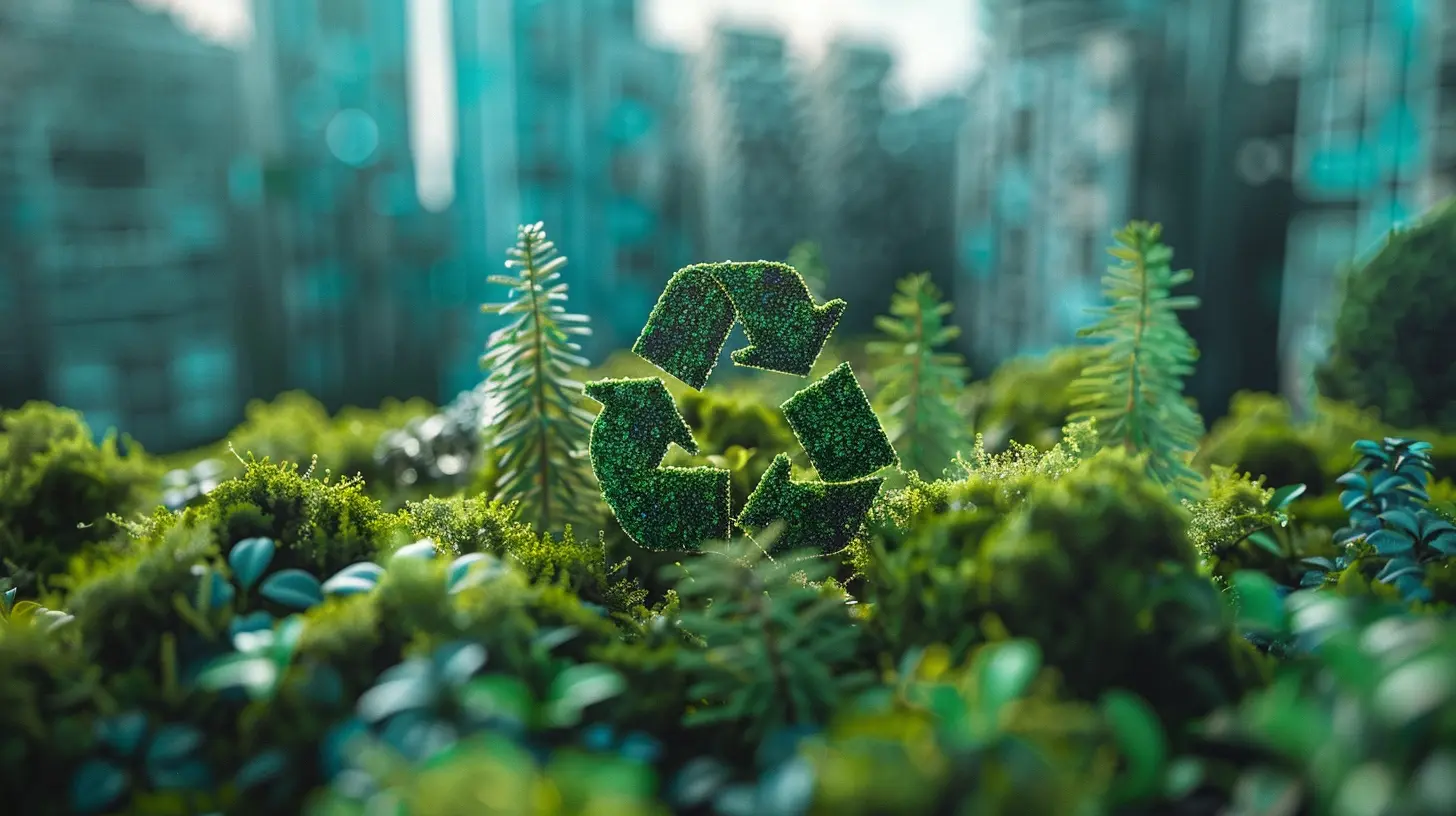
From Linear to Circular: A Shift in Mindset
The Old Way: Linear Business Models
For decades, businesses thrived on a simple equation: extract raw materials, produce goods, sell those goods, and then let consumers toss them when they’re done. Why not? Resources seemed unlimited, and consumers kept buying.But here’s the kicker—this model is unsustainable. The resources we rely on are running out, waste is piling up, and let’s not even get started on the environmental damage.
Thankfully, the old “use it and lose it” way of thinking is being challenged by something smarter, more efficient, and, honestly, way cooler: the circular economy.
The New Way: Circular Business Models
Businesses embracing the circular economy aren’t just selling products—they’re selling solutions. They’re designing things to last longer, creating ways to reuse materials, and even renting or leasing products instead of selling them outright. Here are some of the big changes we're seeing:1. Designing for Longevity
Companies are designing products that don’t fall apart six months after you buy them. Think repairable smartphones, modular furniture, and durable clothing. Brands like Patagonia and Fairphone are already leading the way.
2. Recycling and Upcycling
Instead of tossing yesterday’s trash, businesses are finding ways to turn it into tomorrow’s treasure. Picture sneakers made from ocean plastic or furniture crafted from scrap wood. It’s not just recycling—it’s upcycling to create even better things.
3. Shifting from Ownership to Access
Why buy when you can rent? Companies like Rent the Runway (fashion) and Lime (electric scooters) are proving that consumers are cool with accessing products temporarily instead of owning them. It’s like Netflix, but for stuff.
4. Reverse Logistics
Ever heard of take-back programs? Brands are creating systems to collect used products from customers so they can be refurbished or recycled. Apple’s trade-in program for old iPhones is a fantastic example. 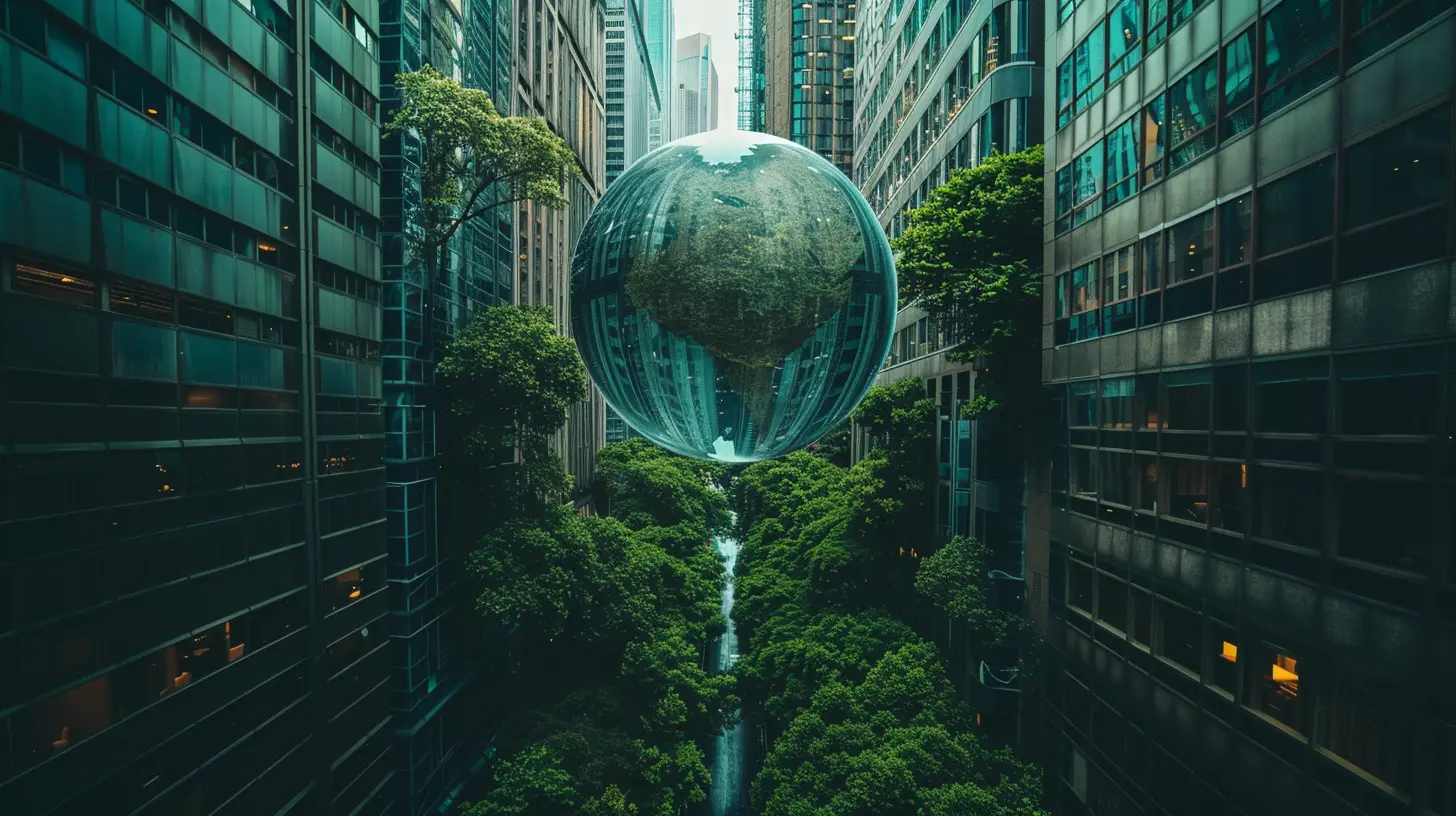
Why Businesses Are Jumping on the Circular Economy Bandwagon
Consumer Demand
Let’s face it—consumers are smarter than ever. People care about sustainability and are willing to support brands that align with their values. In fact, studies show that a whopping 73% of millennials are willing to spend more on sustainable products. That’s a huge market businesses can’t ignore.Cost Savings
Here’s a fun fact: waste costs money. Disposing of materials, buying raw resources, and dealing with inefficiencies all add up. Circular economy strategies help businesses cut these costs by extending the life of materials and reducing waste.For instance, Levi’s makes jeans that last longer by incorporating sustainable denim. Not only does this save resources, but it also builds customer loyalty.
Regulatory Pressure
Governments are cracking down on waste and pushing for greener practices. Laws around single-use plastics, carbon emissions, and recycling are forcing businesses to adapt—or risk getting left behind.Competitive Edge
Adopting circular principles isn’t just about surviving—it’s about thriving. Brands that embrace the circular economy are seen as forward-thinking and innovative. Plus, it sets them apart from competitors stuck in the old linear ways.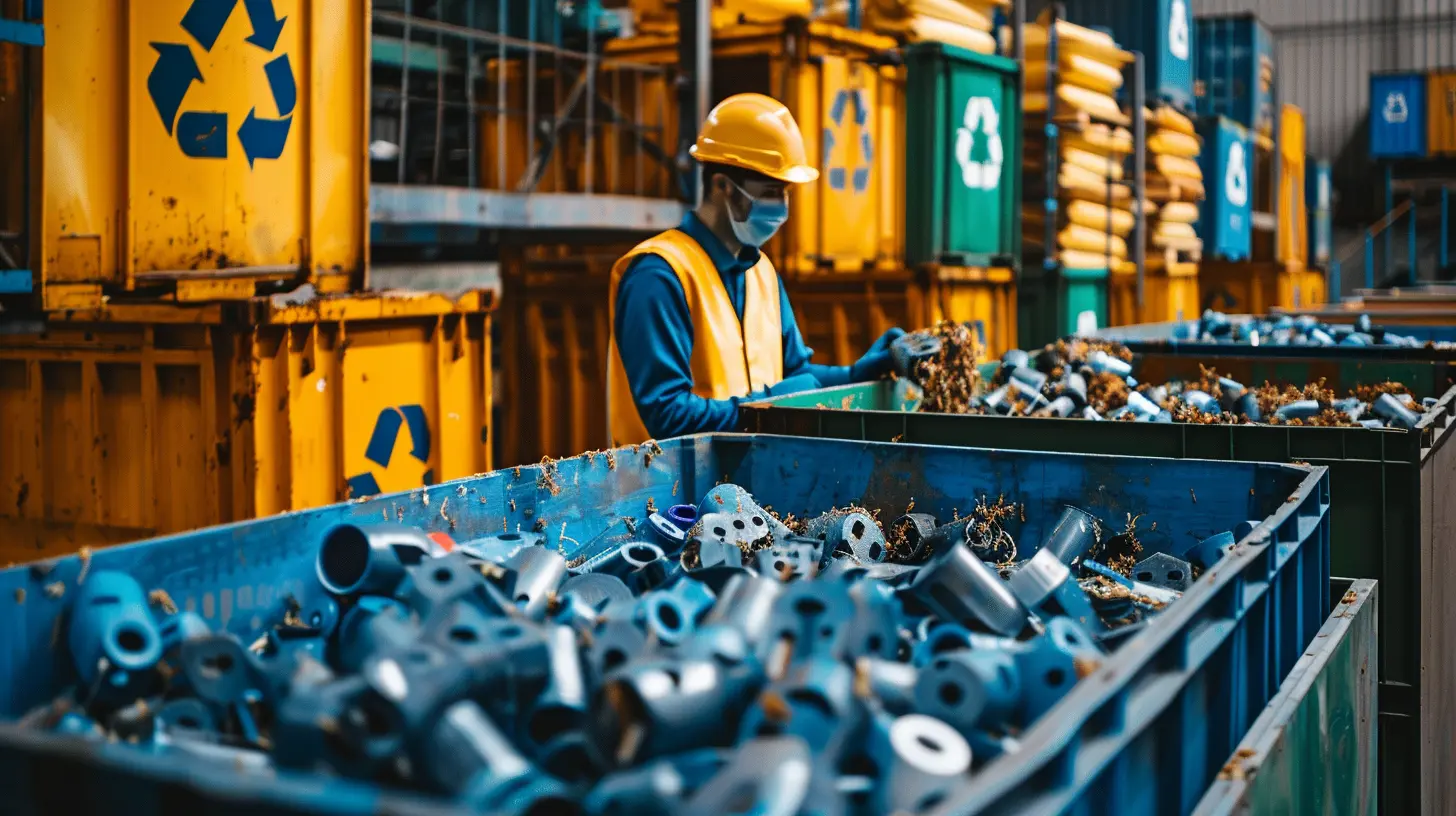
Real-World Examples of Circular Economy Business Models
Nothing beats seeing these ideas in action, right? Here are some companies killing it in the circular economy game:1. IKEA
IKEA has pledged to become 100% circular by 2030. They’ve started selling refurbished furniture and launched buy-back programs for old products. It’s like giving your favorite IKEA table a second chance at life.
2. The Ellen MacArthur Foundation
This organization works with companies across industries to accelerate the shift to a circular economy. Their efforts have inspired brands like H&M to launch circular fashion initiatives.
3. Loop
Loop is rethinking how we buy everyday products. They offer reusable packaging for items like shampoo and ice cream, which customers return, clean, and refill. It’s the milkman model but for modern grocery shopping.
4. Tesla
Tesla isn’t just revolutionizing electric vehicles; they’re also making strides in reusing and recycling batteries. Their goal? A closed-loop system where materials from old batteries are used to make new ones.
Challenges Businesses Face in Going Circular
Let’s not sugarcoat it—it’s not all sunshine and rainbows. Shifting from a linear to a circular model comes with its fair share of challenges:- High Initial Costs: Setting up systems for recycling or take-back programs can be expensive.
- Complex Supply Chains: Rethinking processes to make them circular isn’t easy, especially for large companies.
- Consumer Education: Not everyone gets what the circular economy is about, so businesses have to educate their customers.
But here’s the thing: these hurdles are worth overcoming. The benefits far outweigh the costs in the long run.
The Future of Circular Economy in Business
So, what’s next? As technology advances, circular economy concepts will become even more attainable. Innovations like AI, blockchain, and smart materials are already making waves. Imagine a world where every product comes with a digital passport, tracking its entire lifecycle and helping businesses recover valuable resources at the end.The circular economy isn’t just a trend—it’s here to stay. Businesses that adapt will not only contribute to a sustainable future but also carve out a serious competitive edge.
How You Can Support the Circular Economy
Here’s the deal: this isn’t just about businesses. You, as a consumer, play a huge role. Support brands that prioritize sustainability, repair instead of replace, and think twice before tossing things out. Every small step adds up to a big impact.Final Thoughts
The circular economy is more than just a buzzword—it’s a revolution. It challenges the way we’ve done things for decades, forcing businesses to rethink their models, innovate, and act more responsibly. Sure, it’s not without challenges, but the potential is massive—for profit, for people, and for the planet.So the next time you hear someone talking about “going circular,” give them a nod of approval. It’s the future, and it’s about time we embraced it.
all images in this post were generated using AI tools
Category:
Business ModelsAuthor:

Susanna Erickson
Discussion
rate this article
1 comments
Maggie Taylor
The integration of circular economy principles can significantly enhance sustainability, reduce waste, and drive innovation. Businesses adopting these concepts not only benefit the environment but also improve their bottom line.
October 2, 2025 at 4:49 AM

Susanna Erickson
Thank you for your insightful comment! I completely agree that integrating circular economy principles is crucial for driving both sustainability and business success.
